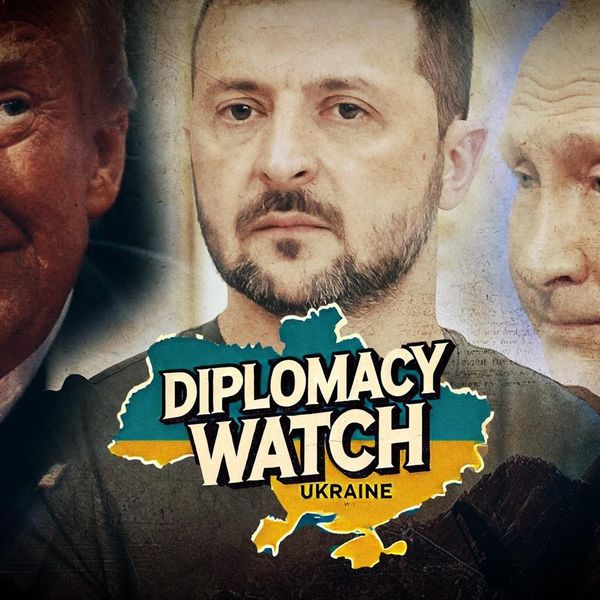Since late last year, the Chinese military has begun significantly increasing its offshore air activities near Taiwan.
This trend has grown over time to include a wide range of different types of military aircraft, often sortied in ever-larger numbers, mostly to the west and southwest of the island. But many flights are also crossing the so-called midline of the Taiwan Strait between the island and mainland China, and almost all of them cross into Taiwan’s very expansive Air Defense Identification Zone (ADIZ).
This significant increase in Chinese military activity near Taiwan is of considerable concern, as it represents a largely unprecedented set of actions (in scale and frequency and type of aircraft involved), thus raising tensions across the Strait. This situation has naturally generated all manner of both informed and uninformed speculation by a wide range of pundits on the meaning of the Chinese flights.
Unfortunately, rather than shedding light on the issue, much of this commentary simply serves to reinforce the growing conventional wisdom in Washington that Beijing is preparing to attack the island at the first opportunity, or is at the very least gearing up for vastly more provocative actions, such as flights over Taiwan, or perhaps the seizure of a small offshore island under Taipei’s control, thus daring the U.S. to respond.
The problem is thus seen as a very simple one of growing Chinese military aggression; hence, for most pundits, the answer is equally simple: we need ever greater levels of military deterrence, including far more arms for Taiwan. For some that means an unambiguous U.S. commitment to defend the island if attacked, regardless of the reason, and for others a call to place Taiwan within the U.S. defense perimeter, which could imply the placement of U.S. forces on the island.
What most of these assessments lack is an understanding of the much more complex dynamic at work, which goes far beyond any military calculations. As I and others have argued in the past, Beijing is not about to launch an effort to seize Taiwan by force, although this possibility cannot be discounted over the longer term if present trends continue. But it is certainly applying greater levels of pressure on Taiwan, while improving its capacity to increase such pressure if needed, and also testing and straining Taiwan’s defense capabilities.
All of this is happening in response to what Beijing likely sees as a basic shift in U.S. policy and in Taiwan politics, involving an ever tighter level of political and defense relations between Taipei and Washington (approaching official levels). In addition, an ongoing weakening of the political influence of Chinese nationalists on Taiwan, growing U.S. Congressional support for Taiwan as a de facto independent state, and an increasing call in some U.S. defense circles to regard Taiwan as a strategic asset for the United States — an asset that must be kept from Beijing at all costs.
Add to this the long-standing Chinese belief that Washington deliberately maintains the Taiwan situation at a steady boil to keep Beijing focused close to home and to justify ever larger forward-deployed US forces in Asia, and you have a major crisis in the making, especially given the overall wretched state of the Sino-US relationship.
When one also takes into account the fact that China’s ability to apply military pressure to Taiwan, and to complicate the ability of the U.S. to assist Taiwan militarily have both grown greatly since the 2010s, and that Chinese nationalism has grown alongside its economic and military strength, it is entirely unsurprising that Beijing is using one of the strongest tools it has available. It does this to contend with its perception of the main forces driving this crisis, which to most Chinese emanate, as suggested above, from Washington and Taipei. The Chinese leaders are showing, unmistakably, that it has the capacity to radically alter life on Taiwan in very negative ways. This is highly dangerous and even reckless. But, as indicated, it is acting in response to political, not military developments, exercising what it views as its own form of deterrence against the continued erosion that is occurring of the one political agreement between Washington and Beijing that keeps the peace in a worsening US-China relationship: the One-China concept.
Addressing this problem on the U.S. side requires far more than simply “more military deterrence.” That will only produce more versions of Beijing’s own forms of deterrence, resulting in a never-ending arms race while greatly upping the chances of accidental conflict, as increasing deployments of forces on all sides bump up against one another in various displays of resolve. Formulaic repetition by Washington of its continued adherence to the One China policy, and Beijing’s continued verbal support for a peaceful solution to the problem will not put a halt to this dangerous dynamic either. The Taiwan issue must be neutralized as a source of strategic competition between Beijing and Washington, through credible political and diplomatic actions intended to reaffirm the One China policy and separate the issue from what should become a manageable form of overall Sino-U.S. competition.
Unfortunately, neither side shows any signs of moving in this direction at present. Deepening mutual distrust and hugely damaging domestic political pressure and posturing inhibit leaders on both sides from taking the kind of courageous and decisive action needed to stabilize the situation. It is time for Beijing and Washington to overcome their largely domestic political limitations, and lay out a pathway toward stability regarding Taiwan based on credible mutual assurances, vastly more effective crisis management mechanisms, and an end to the verbal bluster and finger-pointing.
In this, both sides need to recognize that they are both contributing to the slow-motion train wreck we are witnessing, and that such an outcome can only be averted by striking a credible balance of deterrence and political reassurance regarding Taiwan and, in fact, the relationship in general. And this requires sustained, substantive dialogue.
President Biden and President Xi Jinping recently agreed in a phone conversation to improve contacts at senior levels between the two nations, presumably to stabilize the relationship. The current meeting taking place between National Security Advisor Jake Sullivan and senior Chinese foreign affairs official Yang Jiechi is presumably the latest example of this. And late Tuesday, Biden said he had spoken with Xi about the Chinese flights near Taiwan and that both sides had reaffirmed that they will abide by “the Taiwan agreement,” which presumably means the original normalization era agreement in which Washington affirmed its One China policy and Beijing affirmed its commitment to seeking a peaceful resolution to the issue as a first priority.
Such conversations are of course most welcome. But they will likely get nowhere if neither side is willing to take the political risks necessary to alter the current Taiwan trajectory.
By now-ritualized statements by both sides about the need to “call China to account”, to “deal from a position of strength”, or for the U.S. side “to admit its mistakes and take on the sole responsibility of correcting the problems in the relationship,” must give way to real and reasonable signals of restraint and reassurance.















